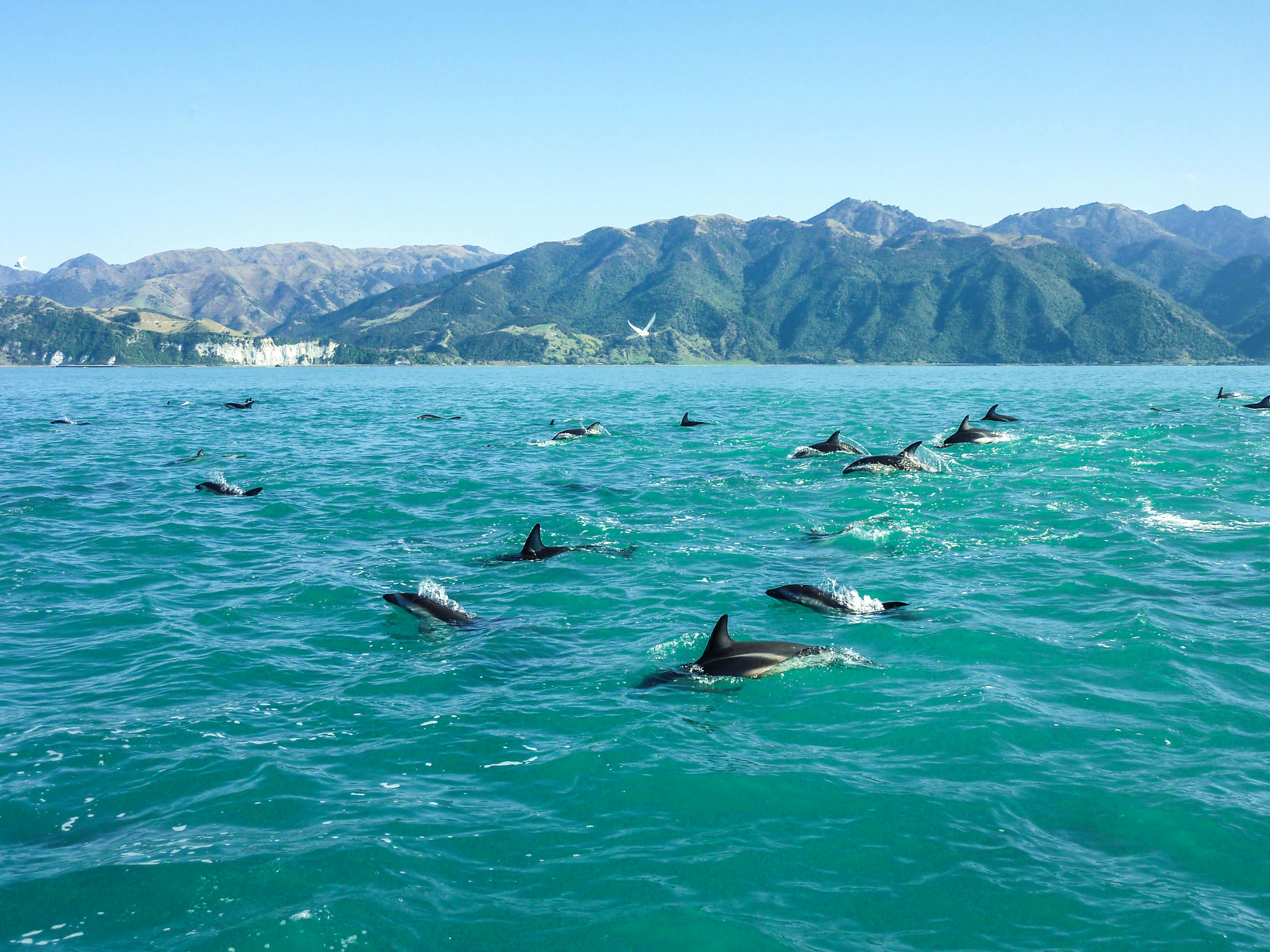We are so excited to tell you about a major victory that our supporters helped achieve. Yesterday at the UN Ocean Conference, the Colombian government announced it will create four new official marine reserves, including one expanding the fully protected Malpelo Sanctuary of Fauna and Flora. Colombia will now surpass the goal of protecting 30% of its waters eight years before the 2030 deadline! The initiative to protect 30% of the global ocean by the year 2030, referred to as 30x30, is a target that scientists have indicated is necessary in order to prevent irreversible loss of marine life. A huge thank you to everyone who made their voice heard on the petition to protect the Eastern Tropical Pacific marine corridor. And, of course, this win would not have been possible without the hard work and dedication of Colombia’s environmental, fishing, and maritime authorities, along with scientists, the private fishing sector, nonprofits, and the people of Colombia. With this remarkable action, Colombia will strengthen local fisheries, sustainable livelihoods, and the protection of marine biodiversity in its native waters and throughout the Eastern Tropical Pacific marine corridor. If you’d like to move another campaign to create sanctuaries close to victory, consider adding your name to the brand-new petition to expand the Pacific Remote Islands Marine National Monument 🌎 ⛵️
Call on Prime Minister Christopher Luxon and his Government to protect 30% of Aotearoa New Zealand’s ocean by 2030.
What you need to know
Aotearoa New Zealand’s ocean territory is one of the largest in the world — yet staggeringly, less than 1% of it is highly protected.
These waters are home to some of the planet’s most unique and threatened marine life: nearly half of all whale and dolphin species, the highest diversity of seabirds anywhere on Earth, and the Māui dolphin — one of the rarest marine mammals, with only around 54 left in the world.
But pollution, overfishing, and climate change are pushing marine ecosystems in Aotearoa to the brink. And instead of stepping up, the government has rolled back key protections, putting critical progress in jeopardy.
Protecting Aotearoa’s unique biodiversity for future generations will take collective action from all of us. The ocean is deeply connected to life and culture: more than half of New Zealanders live within 5km of the coast, and tangata whenua (Indigenous Māori communities) have long maintained deep relationships with the ocean, continuing to exercise kaitiakitanga (guardianship) today.



















